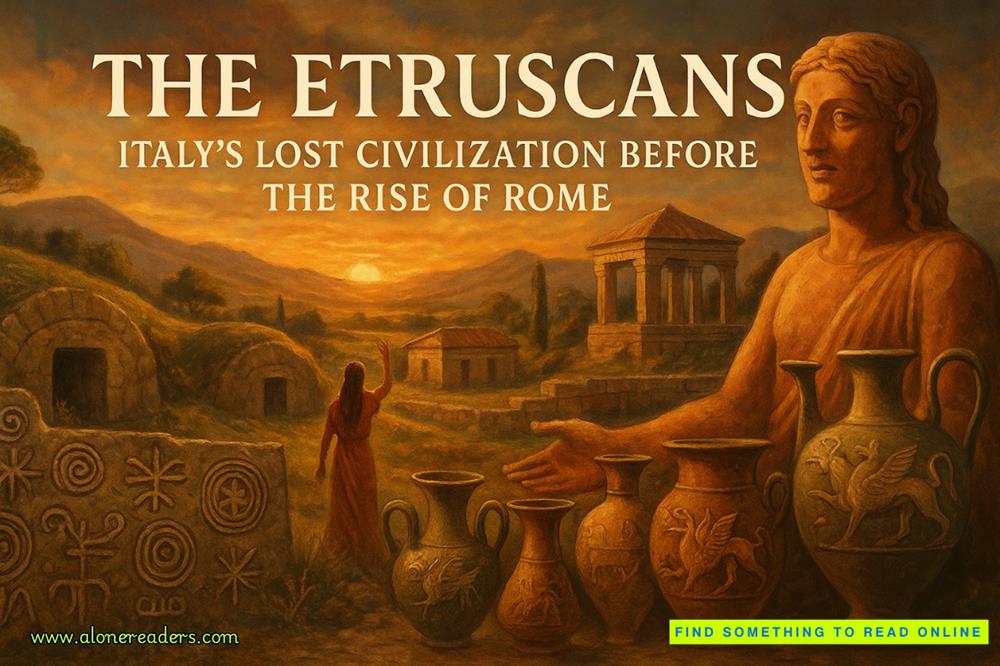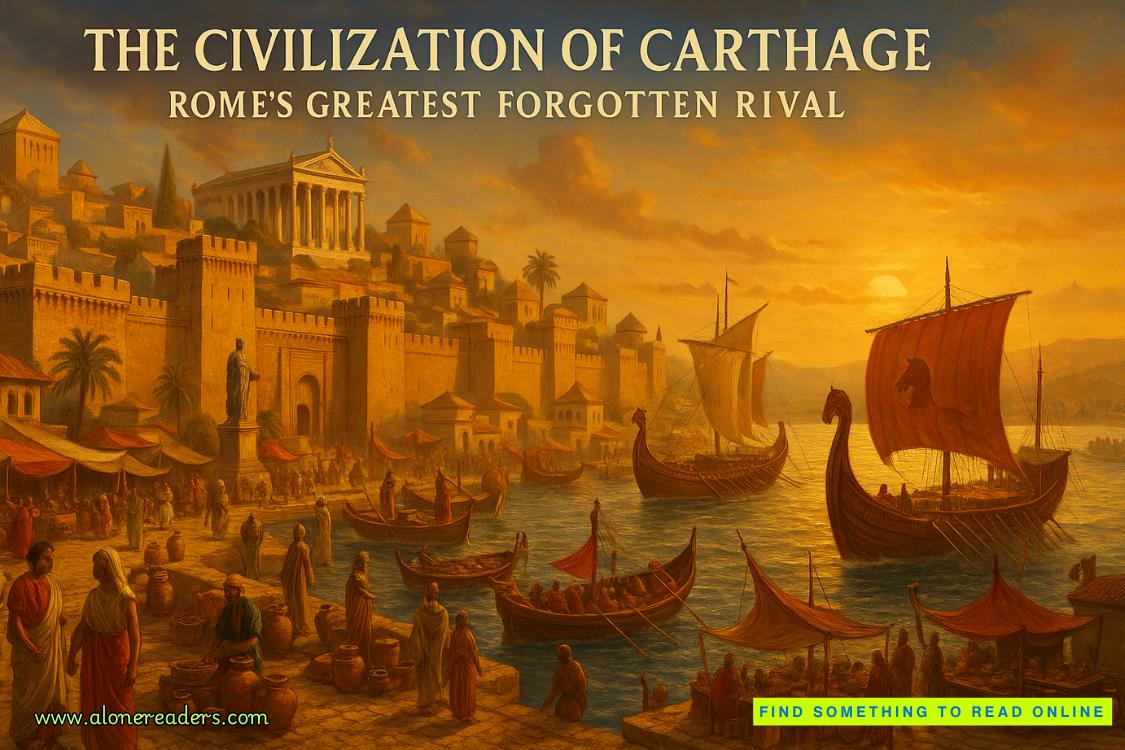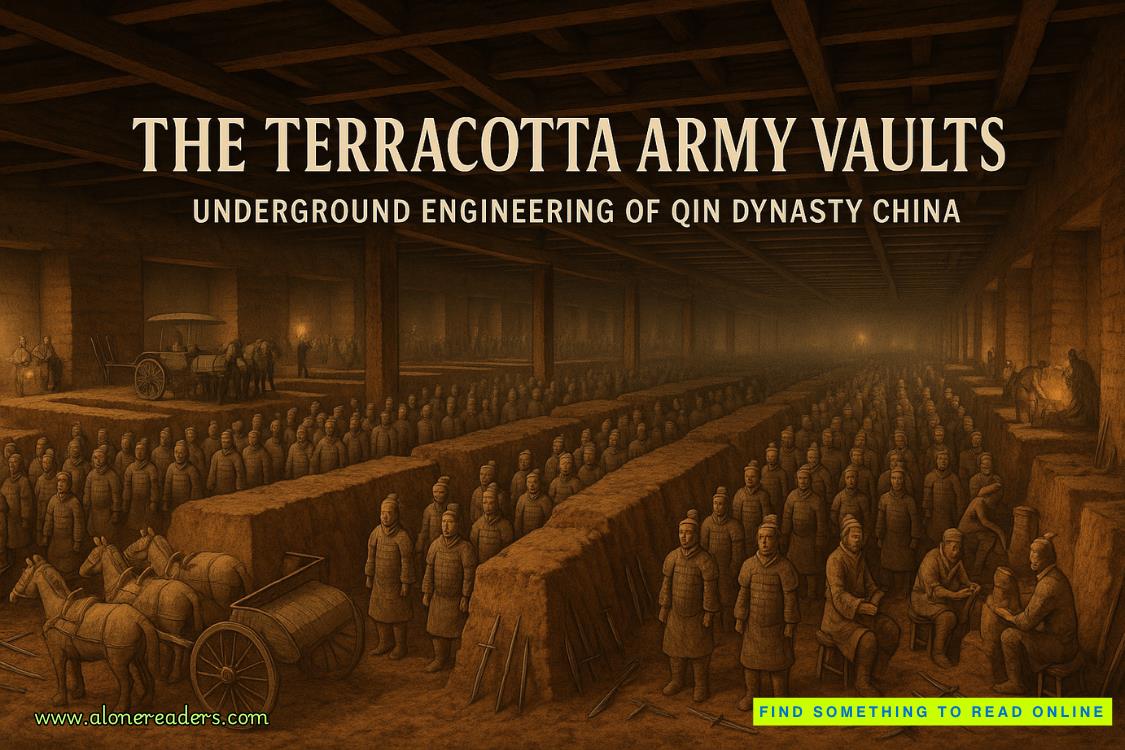Page 37 of My Child is Missing
The Chief nodded. “Maybe. Look here, though. From where Kayleigh was taken, it was another three miles on foot to Thomas’s cabin.”
Noah got up and came to the board. “That’s a long way to force someone through the woods. Unless he carried her?”
From her desk, Gretchen said, “If he had a gun, it would be easy.”
“Henry Thomas doesn’t have any guns,” said the Chief. “He’s not allowed to have them with his conviction. Even if he had one illegally—which I would not put past him—the searches turned up nothing.”
“If Kayleigh was trying to protect Savannah, she would walk with him, gun or no gun,” said Josie.
“That’s true,” Noah said.
“From speaking to Savannah, it seems that Kayleigh was very protective of her,” Josie said. “So imagine it: you’re out in the woods with your little sister for the sole purpose of proving that the Woodsman isn’t real. You encounter a man. He threatens you, injures you. You’re bleeding. Your little sister is nearby. What would you do?”
“Everything I could to lead him away from her,” said Noah.
Gretchen stood and walked over. She pointed at the thumbtack that marked where the blood had been found. “Did he injure her, or did that thing you found do it?” She looked at Josie. “The trap.”
“Did Hummel type the blood that was found out there?” Josie asked.
“It was the same type as Kayleigh’s,” the Chief answered. “We sent it off to the state lab to have DNA analysis run on it, but it looks like it’s hers.”
Josie nodded, feeling a pit in her stomach. “Did Hummel find anything when he processed the trap?”
“No,” said the Chief. “You were right. It was vines, sticks, twigs, leaves. That sort of thing. Except for the piece of blue cloth. He also found blood on that. Same type as Kayleigh’s. The parents weren’t sure whether she had a blue sweatshirt or not, but as you know from when you talked with her, Savannah confirmed that Kayleigh does and that she was wearing it while they were out.”
“It has to be hers,” Noah said.
“She was injured by the trap then,” said Josie. “Savannah heard a noise, some kind of crashing. It would make sense that Kayleigh somehow tripped it and got injured.”
Noah said, “But she called out to Savannah ‘He’s got me,’ which means he must have been waiting there near the trap. What I don’t understand is that if Henry Thomas is some kind of serial killer, why would he take someone so close to his home and invite so much attention to himself?”
Gretchen sighed and ran a hand through her hair. “We don’t know that Henry Thomas is a serial killer. Here’s what we can say with certainty. Kayleigh and Savannah went into the woods behind their house. They got separated. Kayleigh was injured by this apparatus which we believe might be a trap. Savannah heard a noise and saw a man wearing a yellow shirt and blue jeans. We found blue jeans but no yellow shirts in Henry Thomas’s cabin. Kayleigh told Savannah to run because ‘he’s got me.’ Savannah ran away.” She pointed to the thumbtack that represented the approximate location where Josie and Luke had found the girl. “She hid here. In the meantime, whoever this ‘he’ is marches Kayleigh from where we found her blood all the way up, across this road, to the top of the mountain, and here to Thomas’s cabin. We know she made it that far because Blue followed her scent there.”
Noah folded his arms over his chest. “So the assumption is that Henry Thomas did one of three things: killed her and disposed of her body, is holding her somewhere not on his own property, or he contacted someone else to come take her away—dead or alive.”
“Thomas doesn’t have her,” said Gretchen. “Either he buried her body somewhere we haven’t checked yet or someone took her in a vehicle from Thomas’s driveway. Whether that was Thomas or someone else, we don’t know.”
“Are we looking at an accomplice?” asked Noah.
TWENTY-SIX
A silence fell over the room. When none of them spoke, Noah tried to answer his own question. “But if Henry Thomas did this and he’s got an accomplice, who is it? All of his associates check out, even Morris Lauber.”
“We’re not necessarily looking for an accomplice,” said the Chief, gesturing to the timeline. “Thomas would have had plenty of time to take her somewhere else and dispose of her. I’m going to have line searches conducted here.” He pointed to the wooded area across the road from Thomas’s driveway. “It would have been easy for him to walk down his driveway, cross the road, go into the woods here and bury her somewhere.”
“Or he drove her body somewhere and buried it,” Noah said.
“If that’s what Thomas did, the ERT would have found evidence of his movements in his Toyota’s GPS report,” Josie said. “Did Hummel send that over?”
Noah sighed and returned to his desk, fishing out a small stack of pages. He handed it to Josie. “Thomas told the truth about his movements. What time he went out and what time he got home. He didn’t leave after that.”
“The El Camino truly doesn’t start or drive?” asked Josie, paging through the report. She remembered Noah saying the Montour County case had taken place three weeks ago. Each vehicle was different in terms of what its GPS system retained. Some went back months, some only went back days. Their warrant had only asked for Henry Thomas’s movements on Saturday, but the download went back a week. Not far enough to know if he’d been in Montour County when Sarah McArthur and Dawn Angels had been in the woods.
“One of the first things I asked Hummel about was the El Camino,” said Noah. “No. It’s missing its torque converter. I had Hummel check it out, and we also had one of our mechanics come and take a look at it. I wanted to make sure that Thomas wasn’t putting us on—telling us it didn’t drive and then using it to commit crimes since it isn’t equipped with GPS. Without the torque converter, there’s no way that Thomas was driving it around. In fact, there was so little to be found in and on both vehicles, Hummel’s got to return them tomorrow.”
“Wait a minute,” Josie said. “What’s a torque converter?”
“It’s this small, round device that is bolted to the engine’s flywheel. It’s got four parts: a pump, turbine, stator and clutch—”















